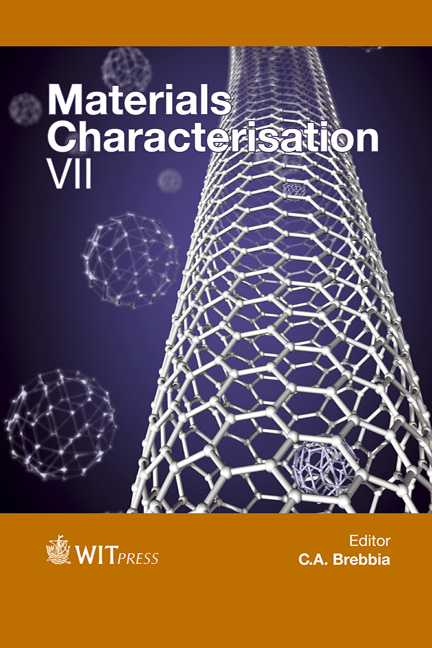Effects Of Using Fibres On Cracks And The Ductility Of Lightweight Concrete
Price
Free (open access)
Transaction
Volume
90
Pages
15
Page Range
133 - 147
Published
2015
Size
1,115 kb
Paper DOI
10.2495/MC150121
Copyright
WIT Press
Author(s)
S. Kakay, R. Omdal, A. Sæstad, K. Refsland, O. T. Gudmestad
Abstract
We suggest that concrete structures which are designed to support heavy weights and which are not susceptible to cracking in areas with large temperature changes will represent a contribution to the efficient development of onshore oil and gas fields, as such concrete structures are particularly durable over long time periods. In this respect the use of lightweight aggregate with fibres may be very attractive.
In this research, we mostly focus on how to use a combination of fibre and lightweight aggregate (LWA). The intention in using LWA in this project is to reduce the density of the concrete and retain the water attenuation, which is used in concrete in hot climates; lightweight aggregate also has good insulation properties.
To reduce the heat hydration in hardening concrete, a good compromise can be obtained by replacing the cement with pozzolan/silica fume and using lightweight aggregate, which has a high water absorption. This combination may provide a way to sufficiently hydrate the concrete without the formation of cracks due to heat generation such as those that are found in rapid hardening normal density concrete.
Keywords
concrete in warm climate, use of LWAC, fibre in LWAC, ductility in LWAC





